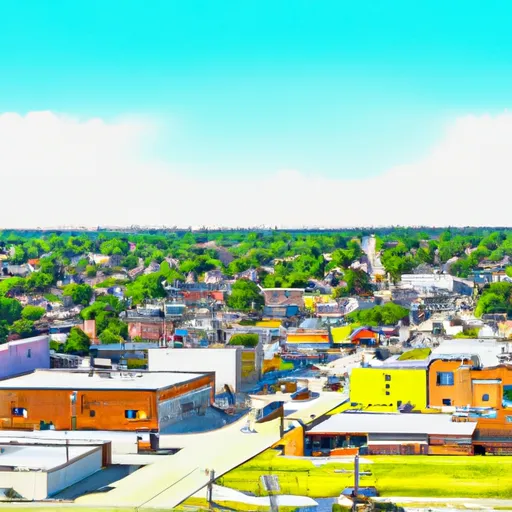°F
°F
mph
Windspeed
%
Humidity











Latexo, Texas is a small town located in Houston County, in the southeastern part of the state. The climate in Latexo is classified as humid subtropical, characterized by hot and humid summers and mild winters. Summers are typically long and hot, with temperatures often exceeding 90°F (32°C), while winters are generally mild with average temperatures ranging from 40°F (4°C) to 60°F (15°C). The area receives an average annual rainfall of around 50 inches (127 cm), with the wettest months being May and June.
Latexo is surrounded by natural beauty, boasting several water bodies that offer hydrological recreational activities. Houston County Lake, a 1,330-acre reservoir, is a popular spot for fishing, boating, and swimming. The lake is home to various fish species, including largemouth bass, catfish, and crappie. Additionally, Davy Crockett National Forest is situated nearby, providing opportunities for hiking, camping, and wildlife observation. With its abundant forests and pristine lakes, Latexo offers outdoor enthusiasts numerous activities to enjoy throughout the year.
Weather Forecast
Latexo receives approximately 1147mm of rain per year, with humidity levels near 84% and air temperatures averaging around 19°C. Latexo has a plant hardyness factor of 8, meaning plants and agriculture in this region tend to thrive here all year round.
Regional Streamflow Levels
260
Cubic Feet Per Second
1,050
Cubic Feet Per Second
267
Cubic Feet Per Second
855
Cubic Feet Per Second
Nearby Camping
| Camping Area | Reservations | Toilets | Showers |
|---|---|---|---|
| Camp Mohawk County Park | |||
| Lake Holbrook Park - South | |||
| Spring Creek Park | |||
| Lake Jacksonville Campground | |||
| Huntsville State Park | |||
| Kellys Pond Dispersed |



